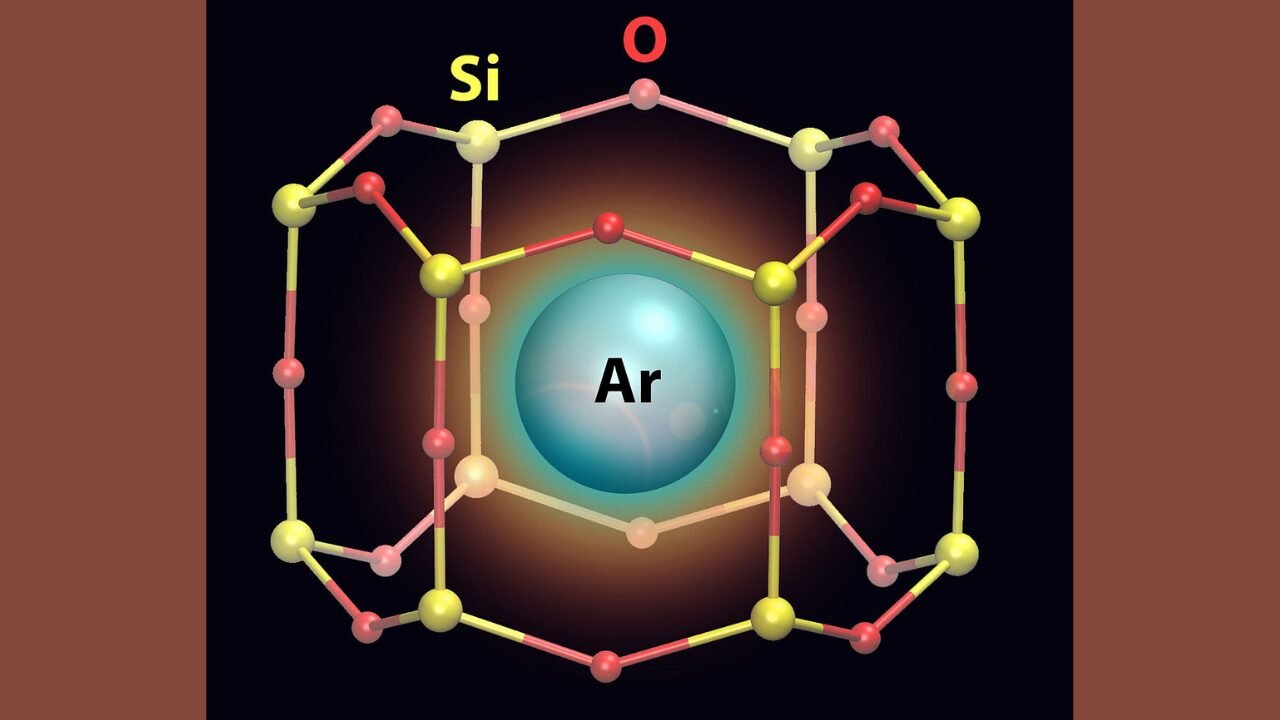How Argon Gas Supports Research and Development in Science

The landscape of scientific research is continuously evolving, with innovative materials and technologies playing a pivotal role in steering advancements. One such material that has become indispensable in various research and development applications is argon gas. This noble gas is prized for its inertness and versatility, making significant contributions to the advancement of scientific understanding and the development of technological innovations.
Inertness and Purity: Argon’s Essential Qualities
Argon’s lack of chemical reactivity is one of its most valuable properties, making it ideal for safeguarding sensitive reactions and environments from unwanted interactions with other elements. Its inert nature is essential when conducting experiments that require an atmosphere free from oxidation or other chemical disturbances. This fundamental characteristic of argon ensures that experimental conditions remain uncontaminated and controlled.
Argon in Controlled Atmospheres
Laboratories and research facilities often rely on controlled atmosphere conditions to achieve reliable experimental results. Argon gas can provide such an environment, enabling scientists to observe and measure reactions without exterior interferences. The creation of an argon blanket, for example, protects chemical processes from air, moisture, and other reactive substances that could potentially alter results or lead to hazardous situations.
Enabling High-precision Fields
High-precision scientific fields require gases that can be controlled and relied upon for consistency and accuracy. In areas such as electronics manufacturing, argon is used as a protective gas during the production of delicate components. Its application helps prevent imperfections that could arise from exposure to air and other reactive gases.
Argon and Laser Technology
Argon plays a vital role in laser technology, serving as a laser gas that generates and guides light in the construction of high-quality laser beams. This application is pivotal in fields such as medicine, telecommunications, and manufacturing, where precision cutting, etching, and imaging are essential. By providing a medium for the laser’s energy, argon ensures critical operations are accomplished with supreme precision and safety.
Supporting Cryogenics and Low-Temperature Research
The cryogenics field, which studies the effects of extremely low temperatures on materials, also benefits from the unique characteristics of argon gas. Due to its low boiling point, argon is an excellent candidate for creating ultra-low temperature environments necessary for the investigation of physical properties of materials at temperatures near absolute zero, where unusual quantum effects start to emerge.
A Protective Shield for Welding
In addition to its role in laboratory environments, argon gas is also essential in industrial applications, such as welding and cutting. In metal fabrication, argon shields the weld area from ambient air, preventing oxidation and other chemical reactions that could weaken the weld. This application demonstrates the gas’s utility not only in research but also in practical innovations that drive industry forward.
Argon Compared with Other Noble Gases
When juxtaposed with other noble gases used in scientific research, argon stands out due to its cost-effectiveness and availability. Although different gases, such as helium gas for scientific use, have their own set of advantages, including lower density and higher thermal conductivity, argon often presents a more pragmatic choice for many applications due to its abundant supply and lower cost.
Integrating Argon in Environmental Research
Environmental research is another beneficiary of argon gas. Its characteristics make it a suitable choice for studying atmospheric samples, preserving biological specimens, and facilitating environmental simulations in climate studies. The inertness of argon gas ensures that the integrity of delicate samples is maintained throughout analytical processes.
Advancing Material Science with Argon
In the domain of material science, argon gas aids in the development of new compounds and the analysis of their properties. Since argon does not react with materials, it serves as an ideal atmosphere for the crystal growth operations that are central to semiconductor and solar panel manufacturing.
Geological and Archaeological Applications
The utility of argon stretches into the realms of geology and archaeology as well. Argon-argon dating, a radiometric dating method, enables scientists to determine the age of rocks and minerals, thereby aiding in the decoding of Earth’s geological history. This technique underscores argon’s contribution to not only contemporary scientific pursuits but also the understanding of our planet’s past.
Facilitating Space Exploration
Space exploration also leverages the qualities of argon gas. Whether it’s used in the pressurisation of space vehicle fuel tanks or within life support systems, argon provides essential functions that are critical to the safety and success of missions beyond our atmosphere.
Emerging Uses in Medicine
Within the medical sector, argon gas is finding new applications in innovative treatments, such as cryoablation, where its cooling capabilities are utilised to destroy diseased tissue. As a neutral agent, argon ensures that these procedures are conducted with minimal risk of adverse chemical reactions.
READ MORE
Ensuring Safety and Standards
The safe handling and utilisation of argon gas, like any industrial material, is paramount. Proper standards and protocols must be followed to ensure that the gas’s benefits are harnessed without compromising safety. These standards are essential not only to preserve the integrity of scientific research but also to protect the health of individuals working with these substances.
Collaboration for Progress
Lastly, advances in scientific research are often the result of collaboration between disciplines, leveraging versatile tools and materials, such as argon gas, to propel collective knowledge. As scientific fields interconnect and technological frontiers expand, the role of argon gas in research and development becomes increasingly critical in facilitating discoveries that can enrich our understanding of the world and enhance the quality of life.
Argon gas is a cornerstone of scientific endeavours, quietly yet significantly supporting innovation and discovery in laboratories and industries. Its role is vital in shaping a future driven by research and development.
